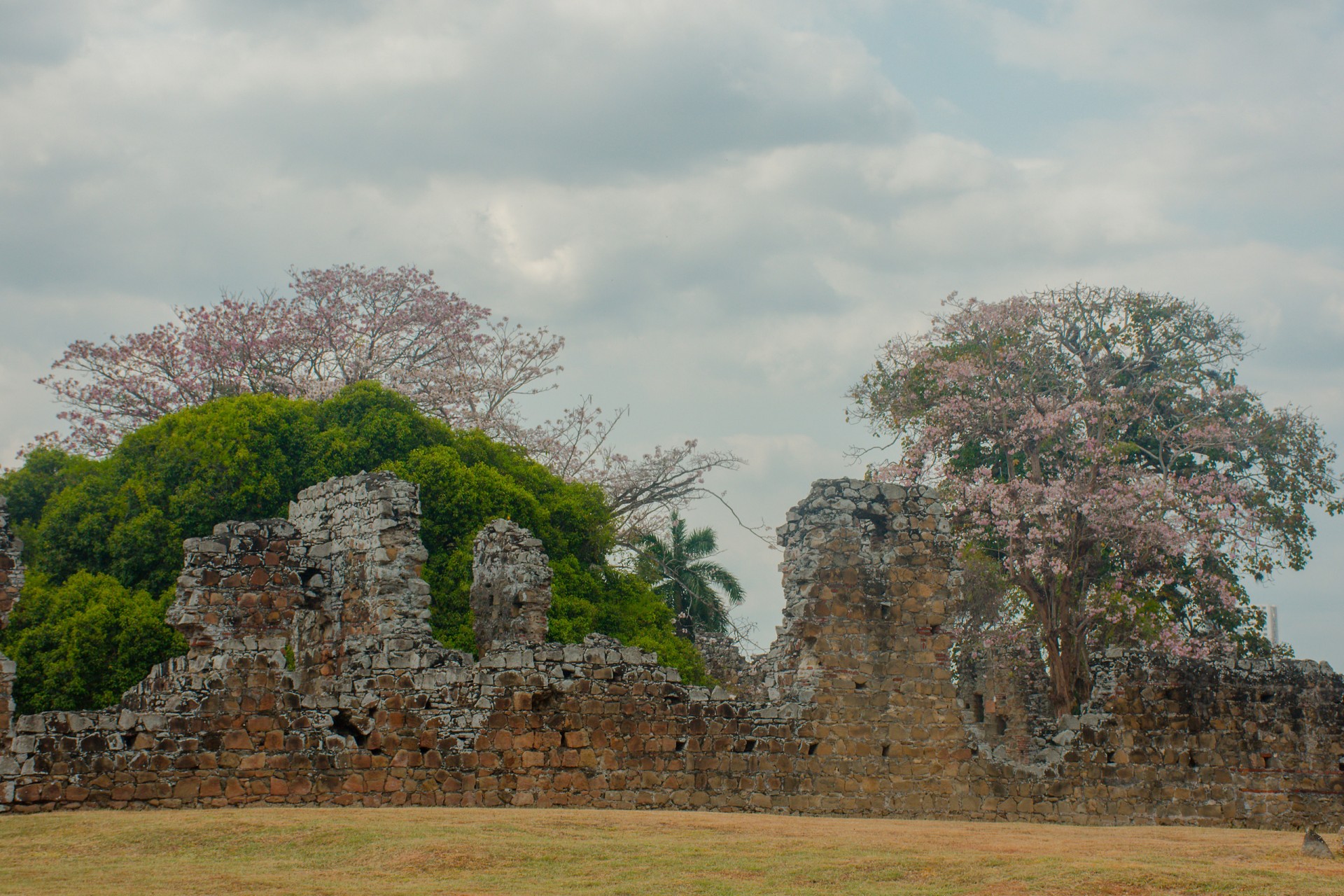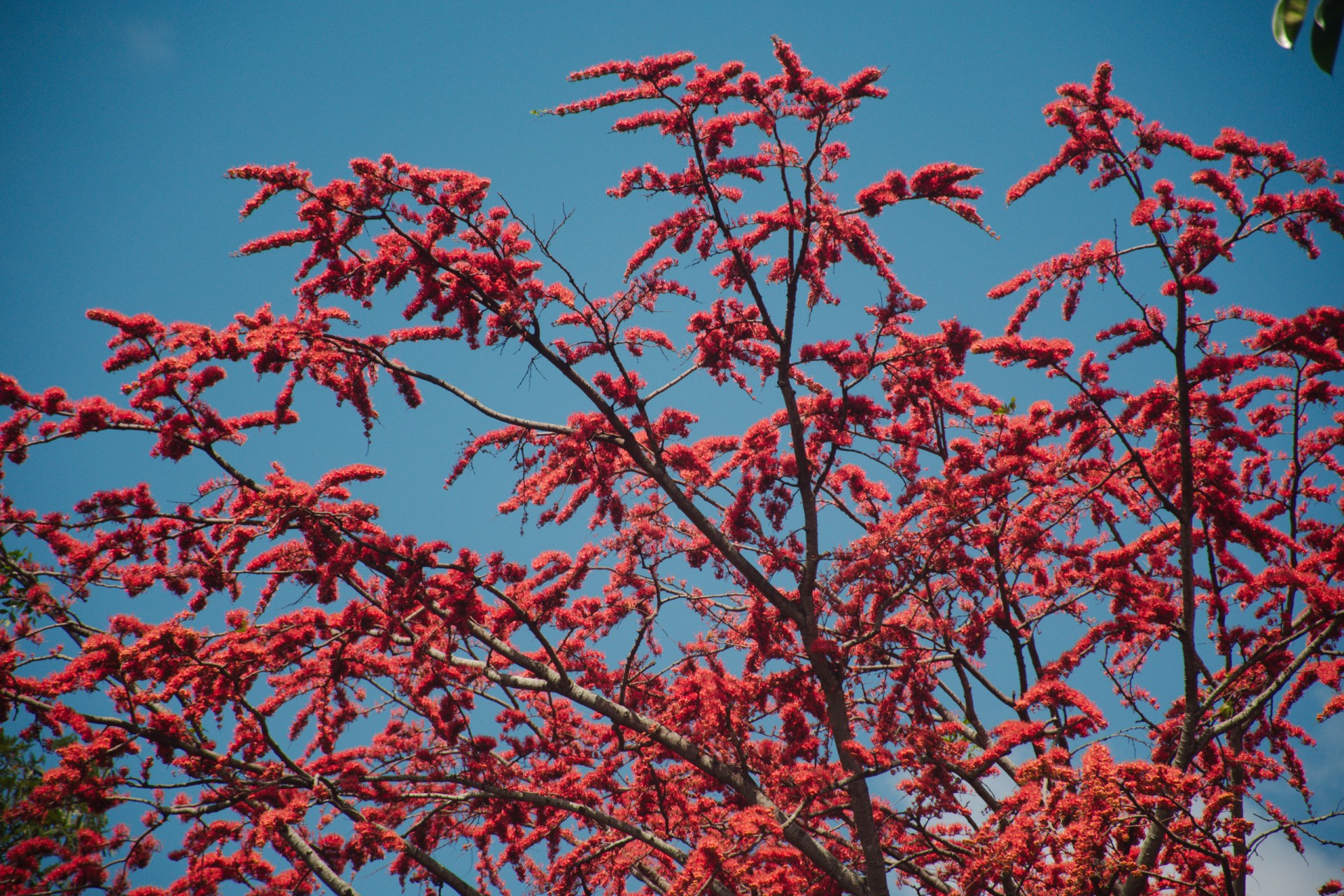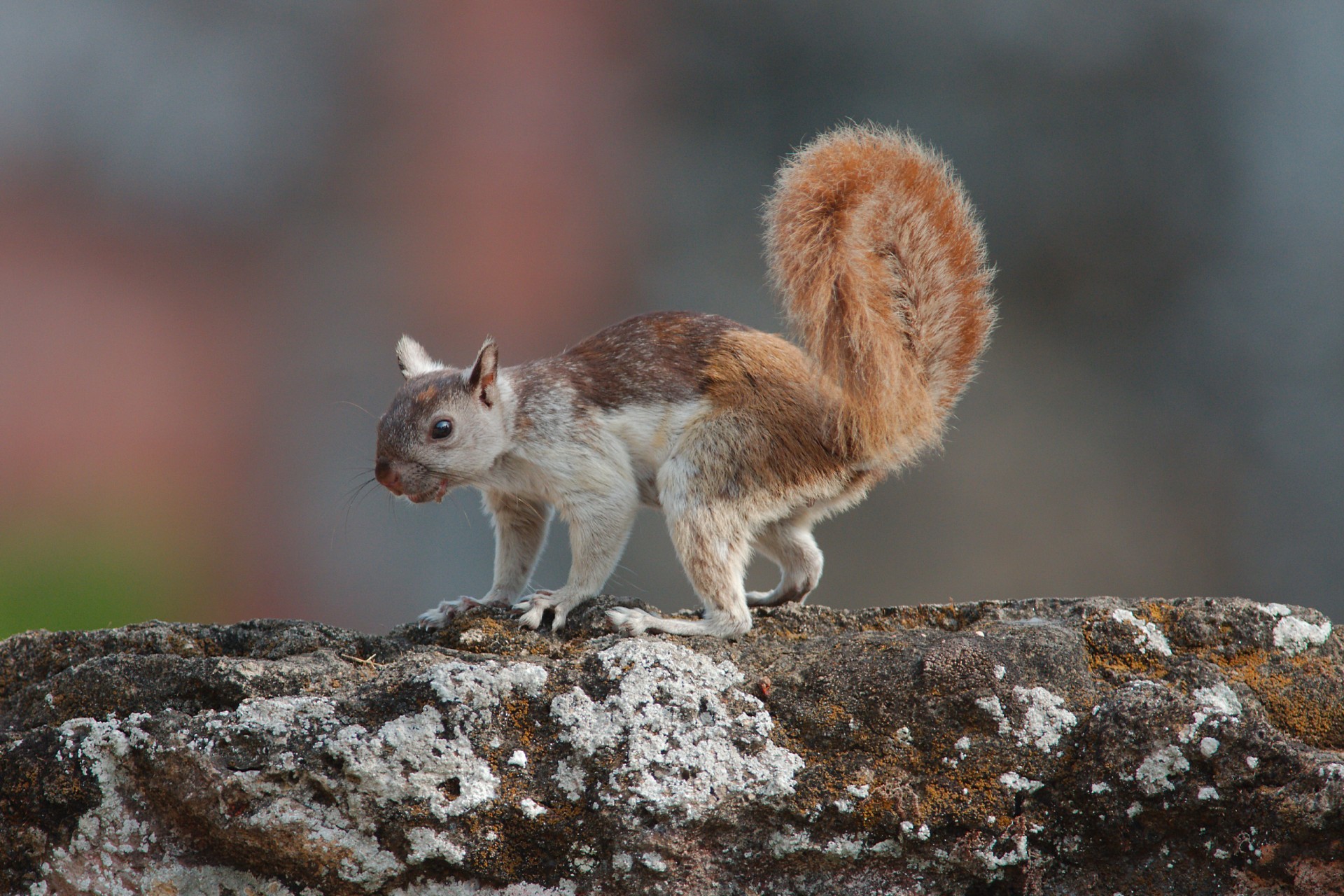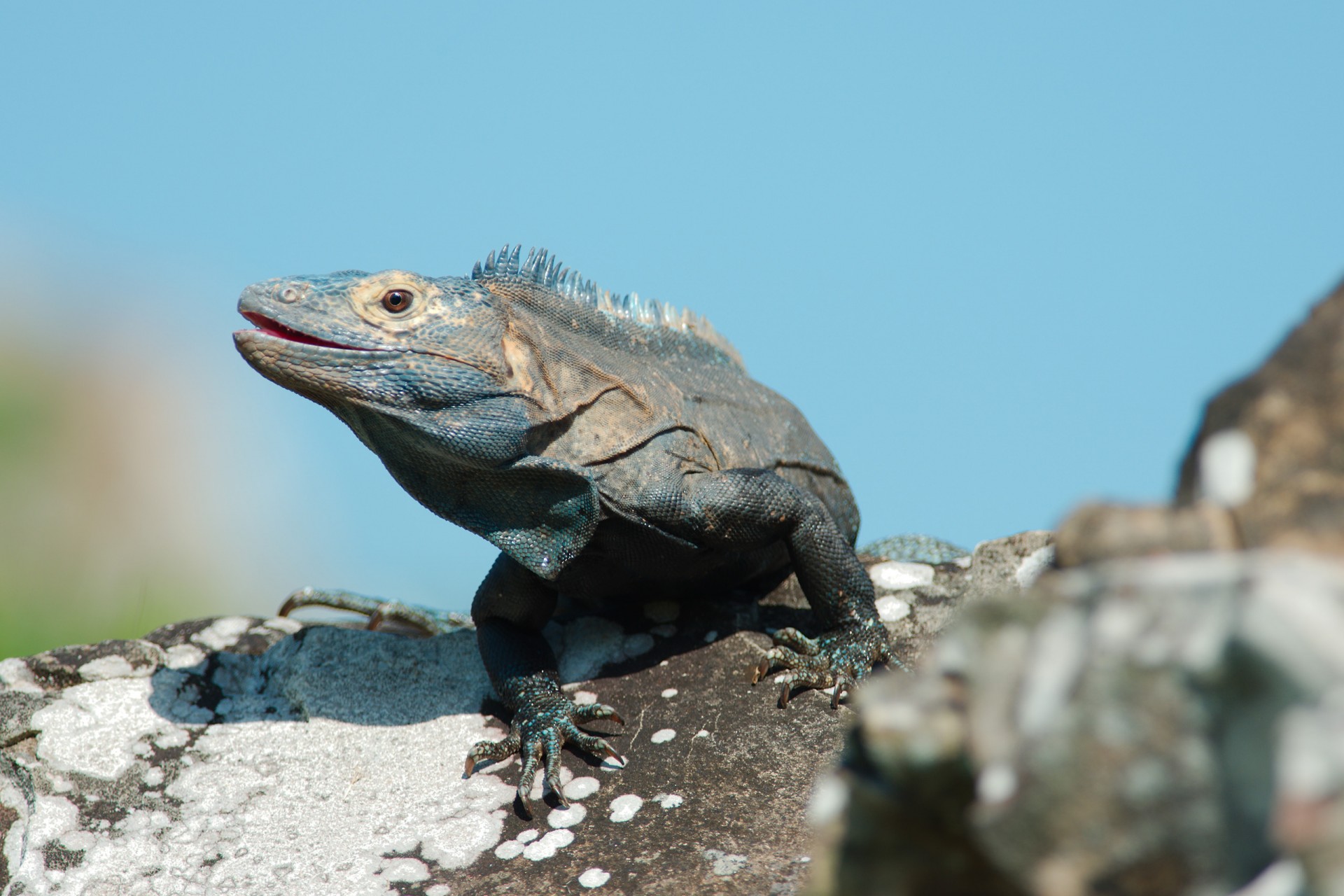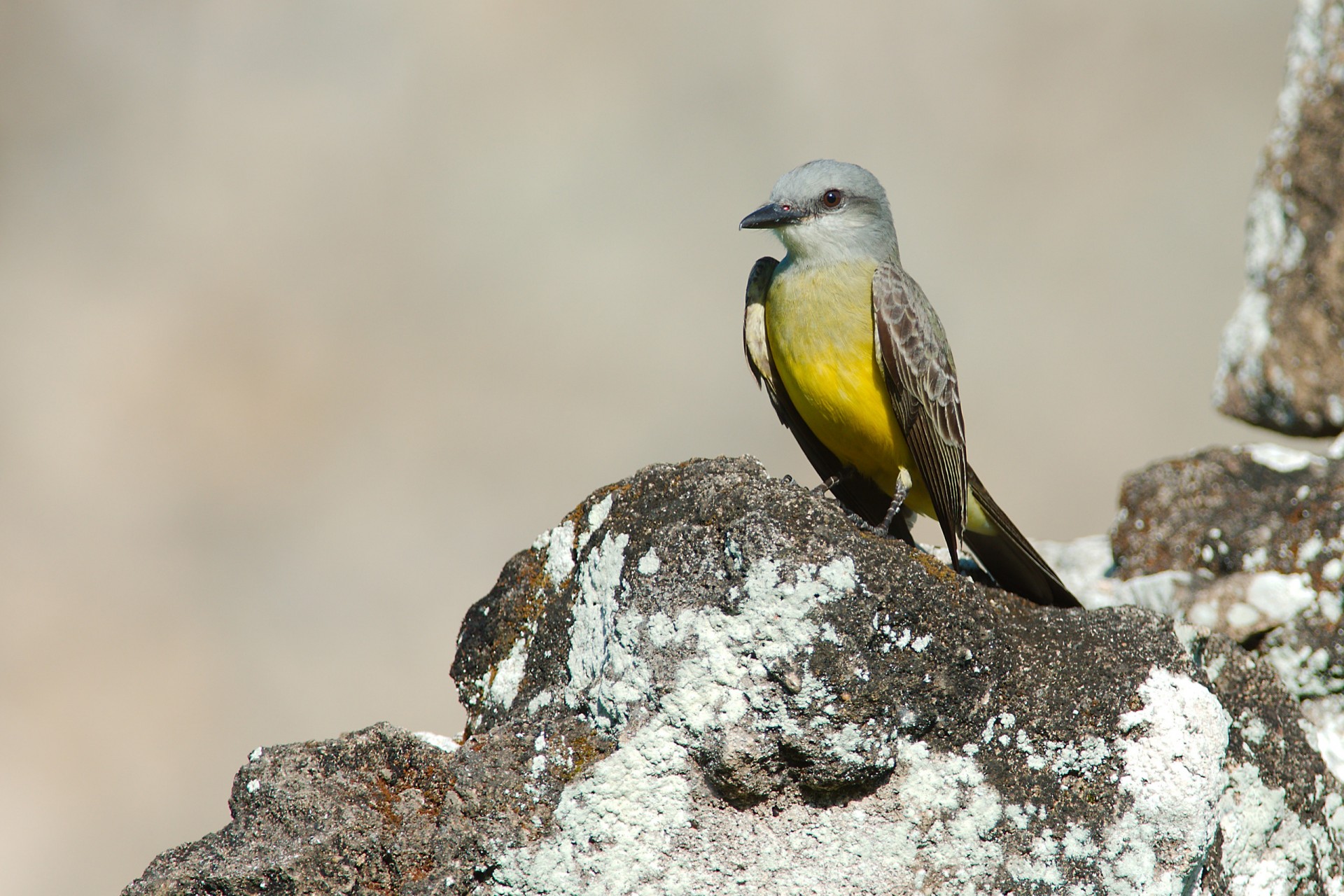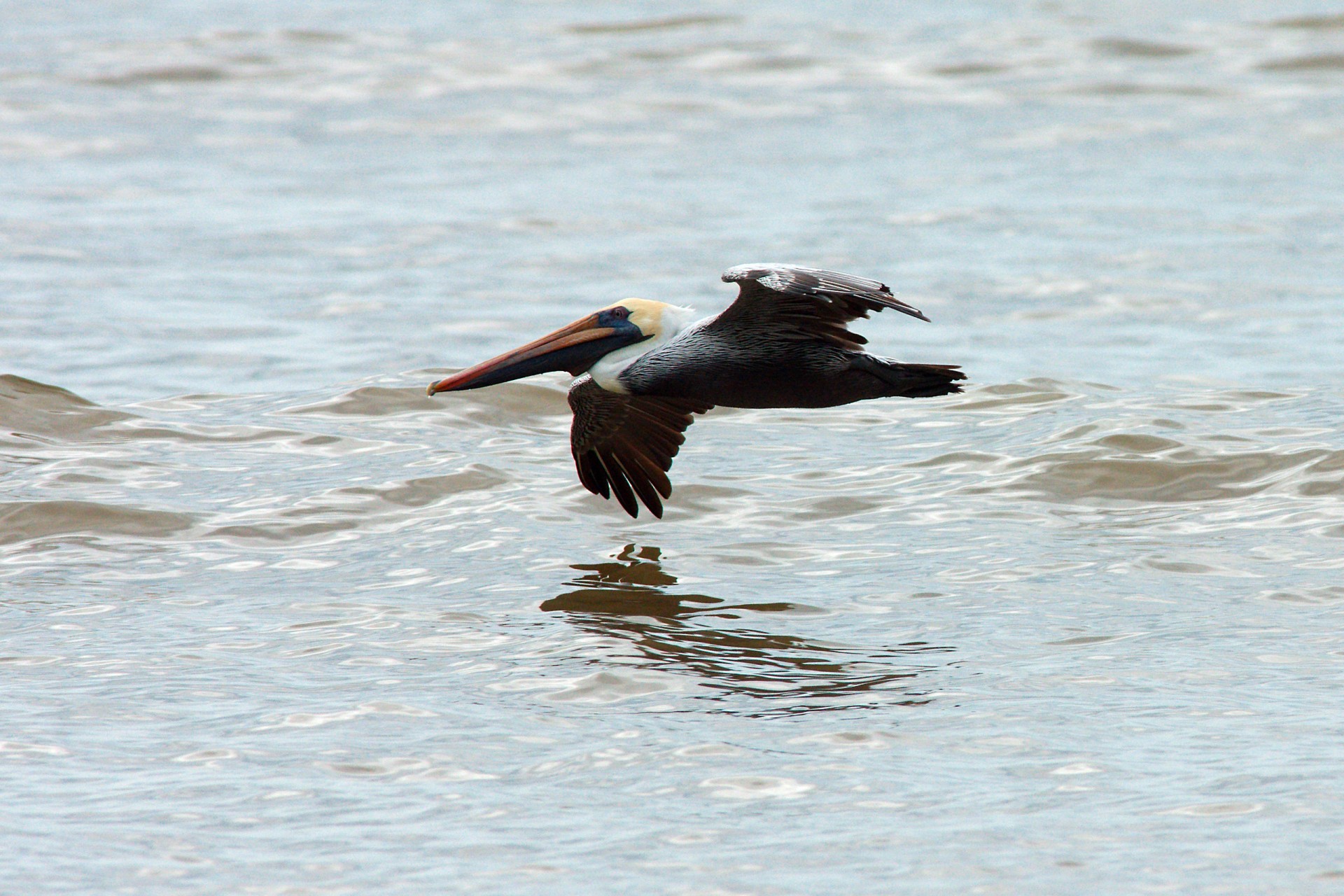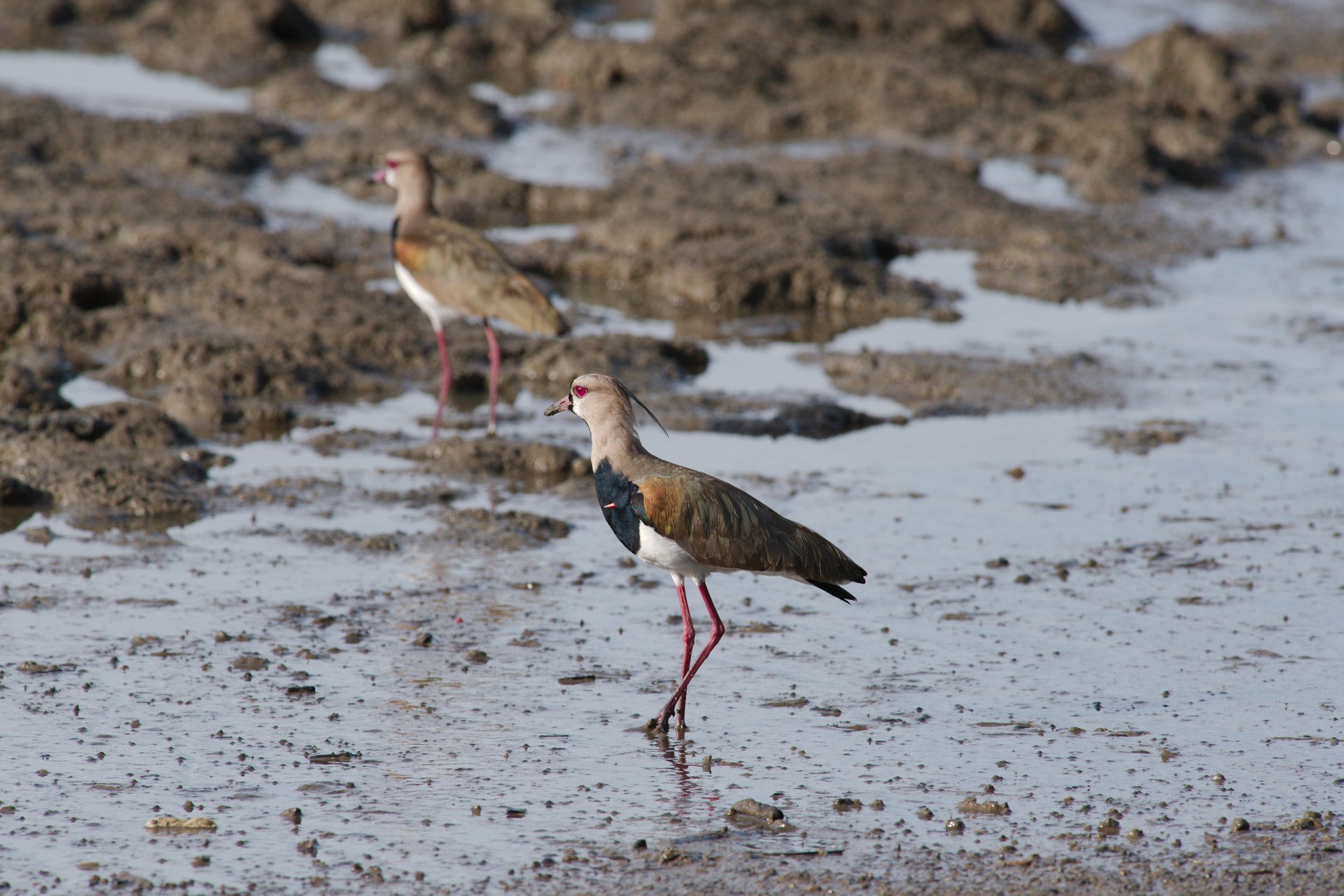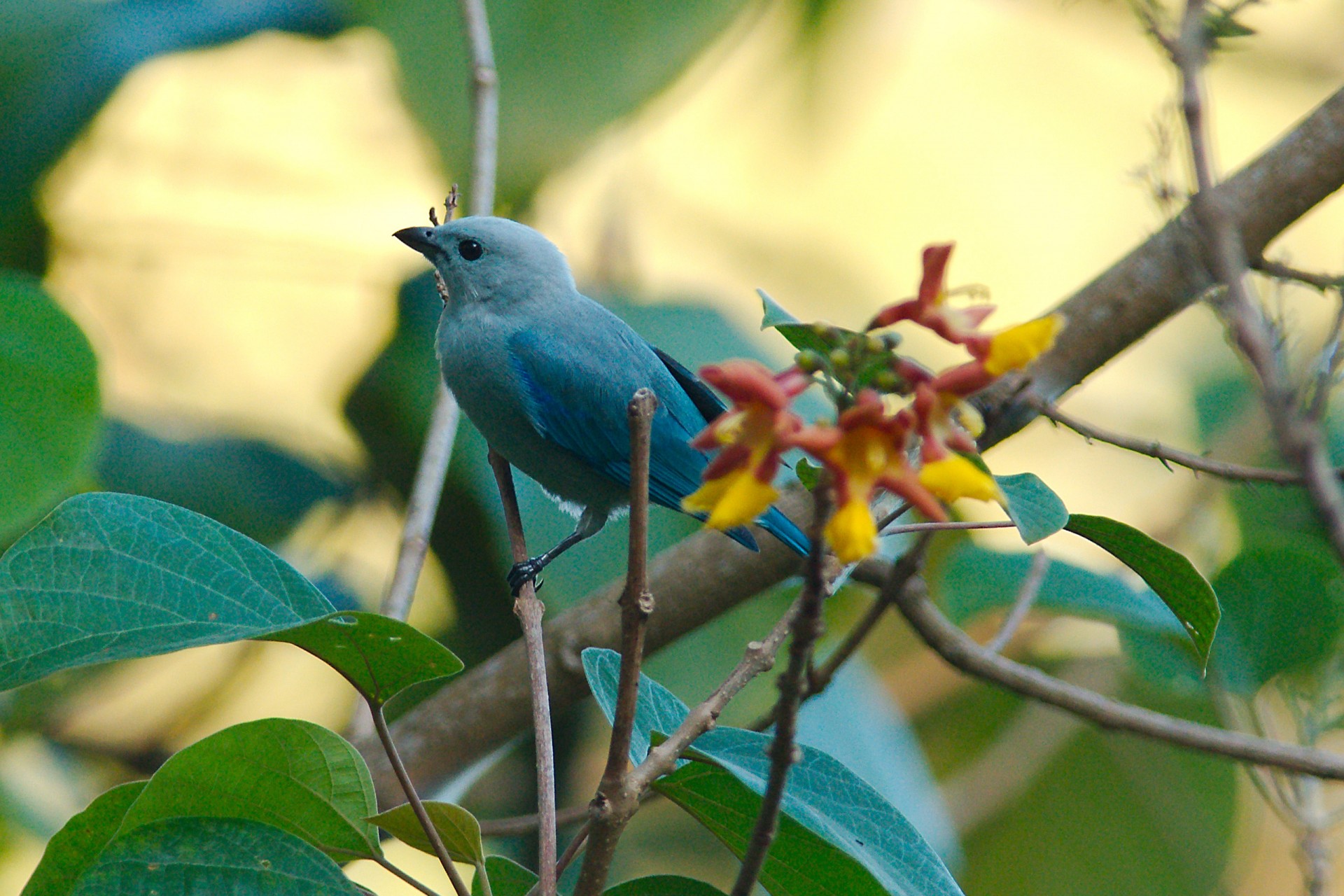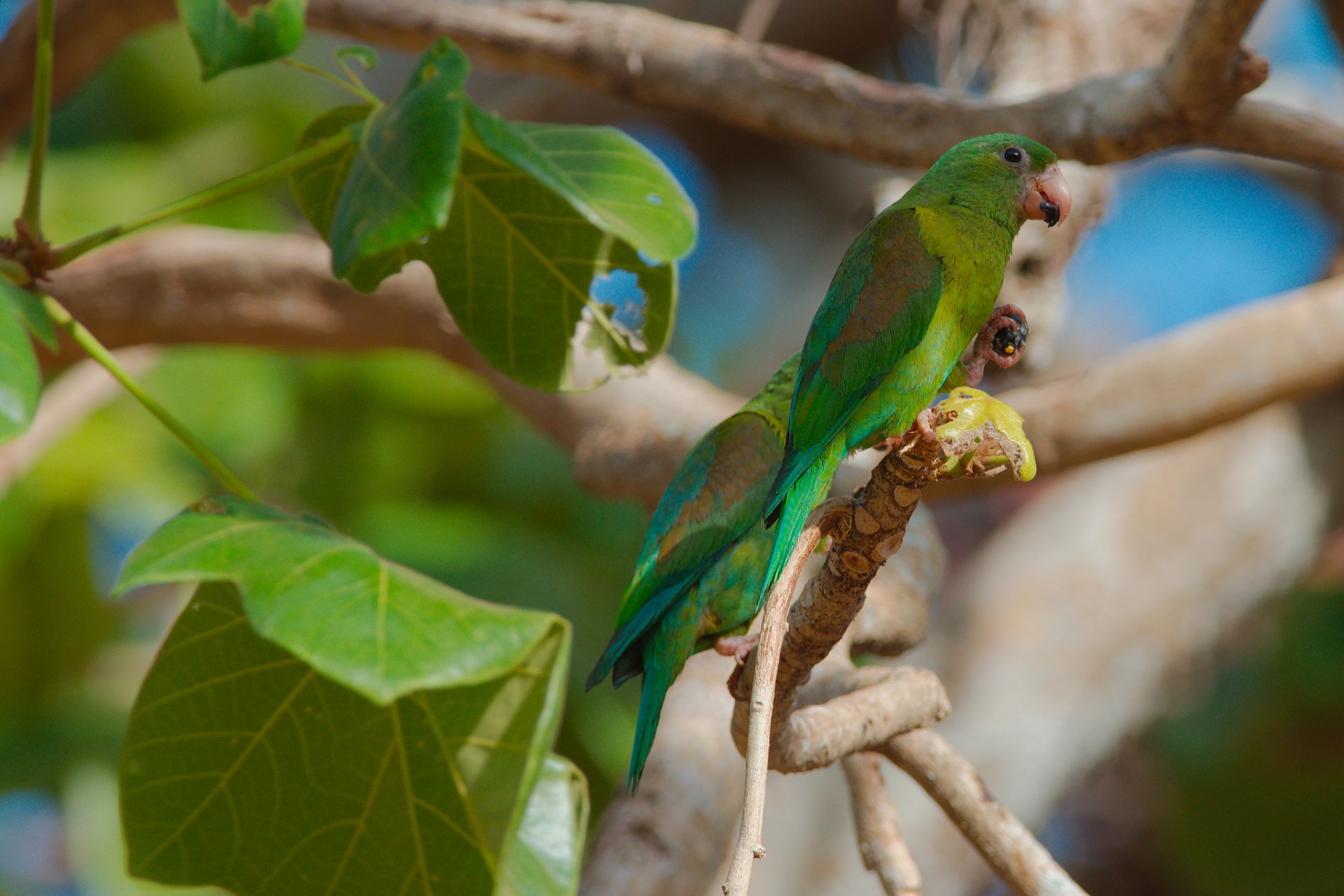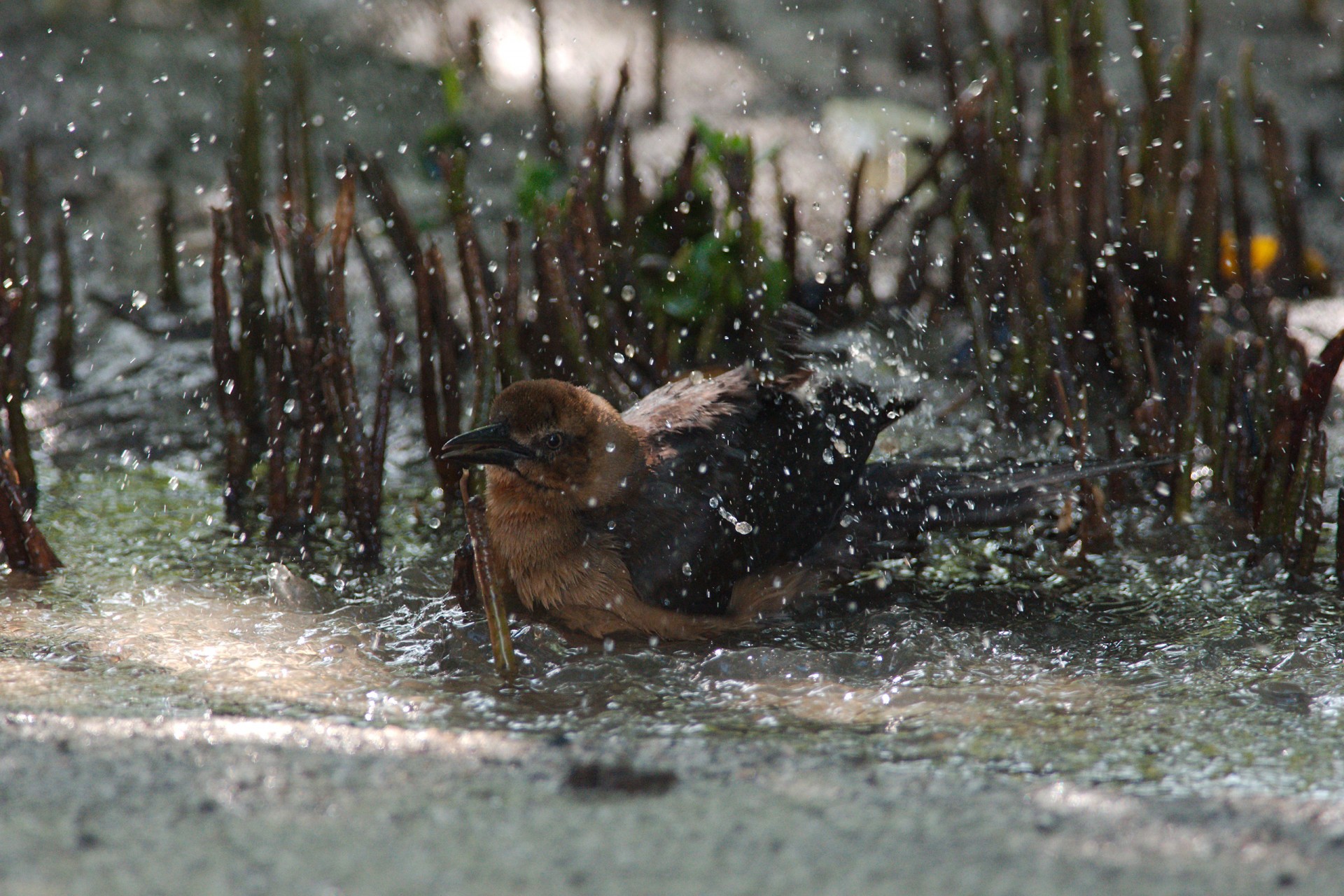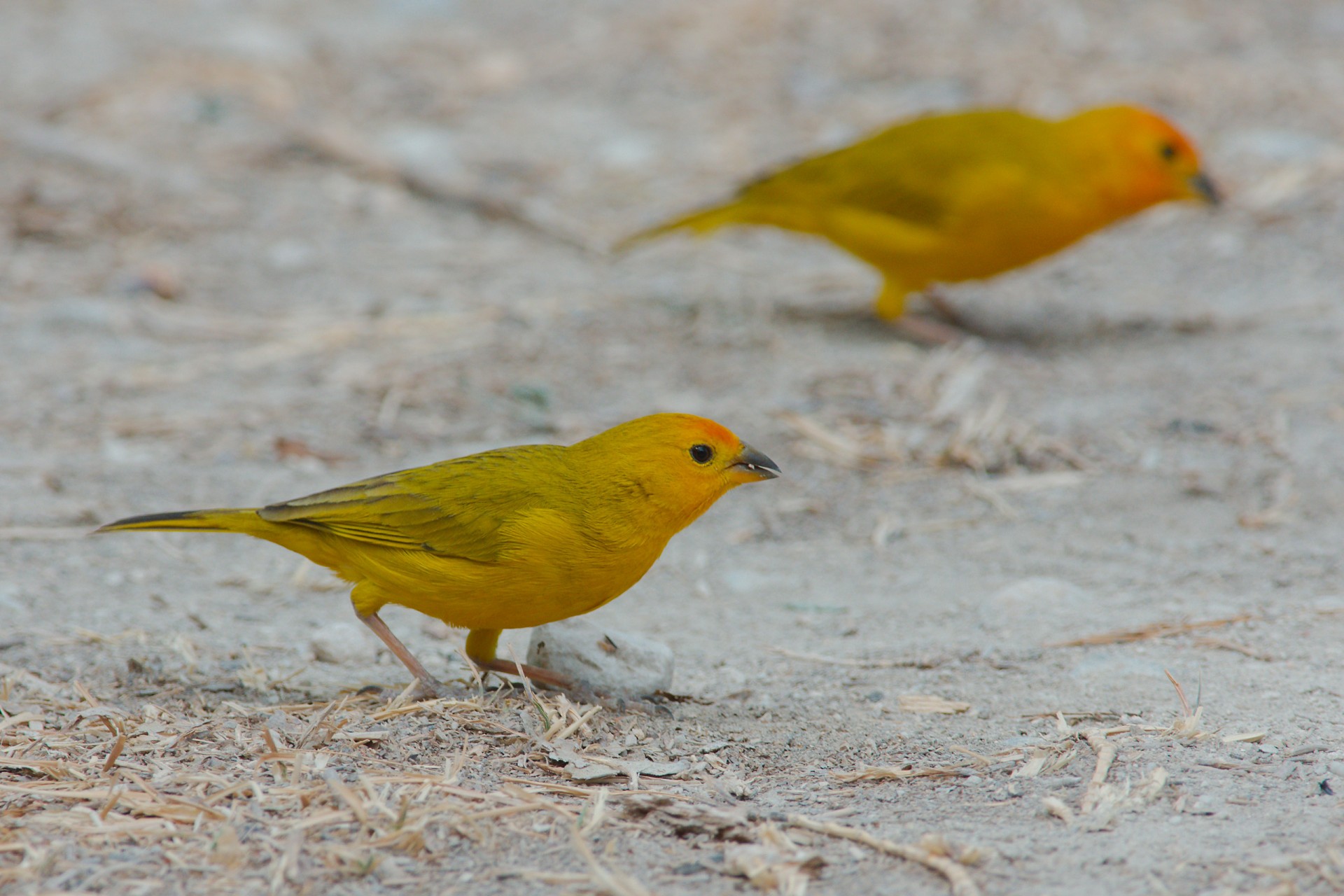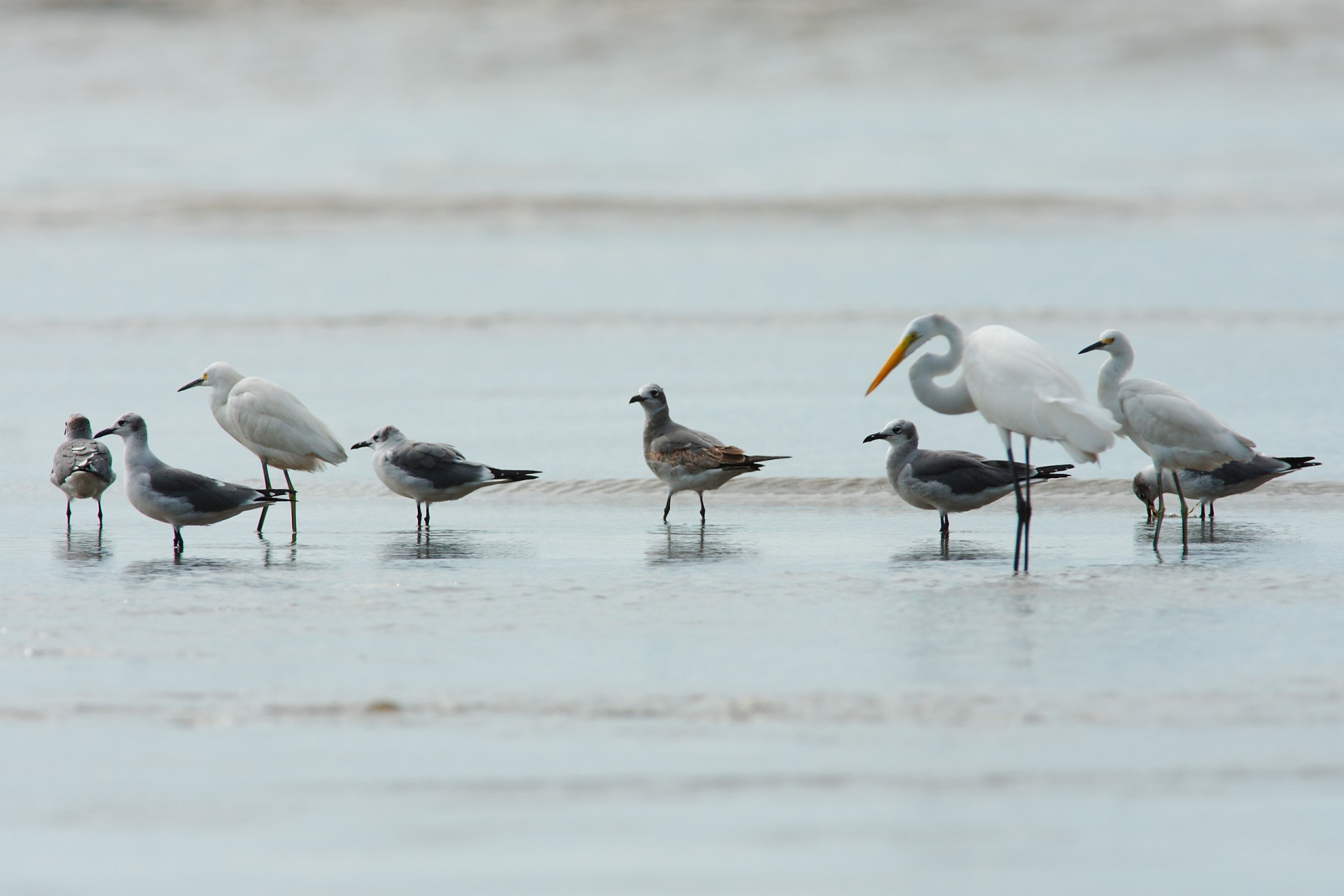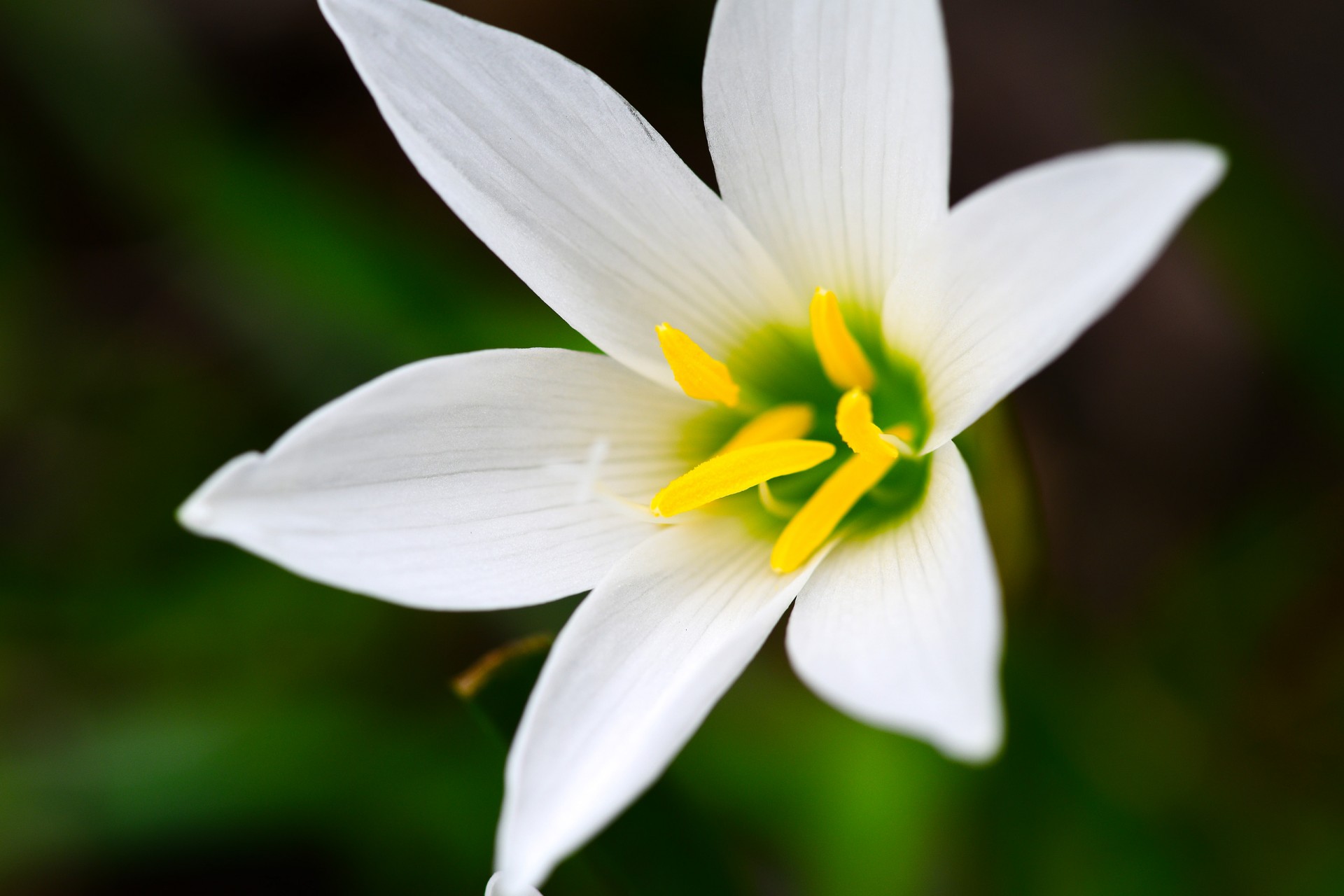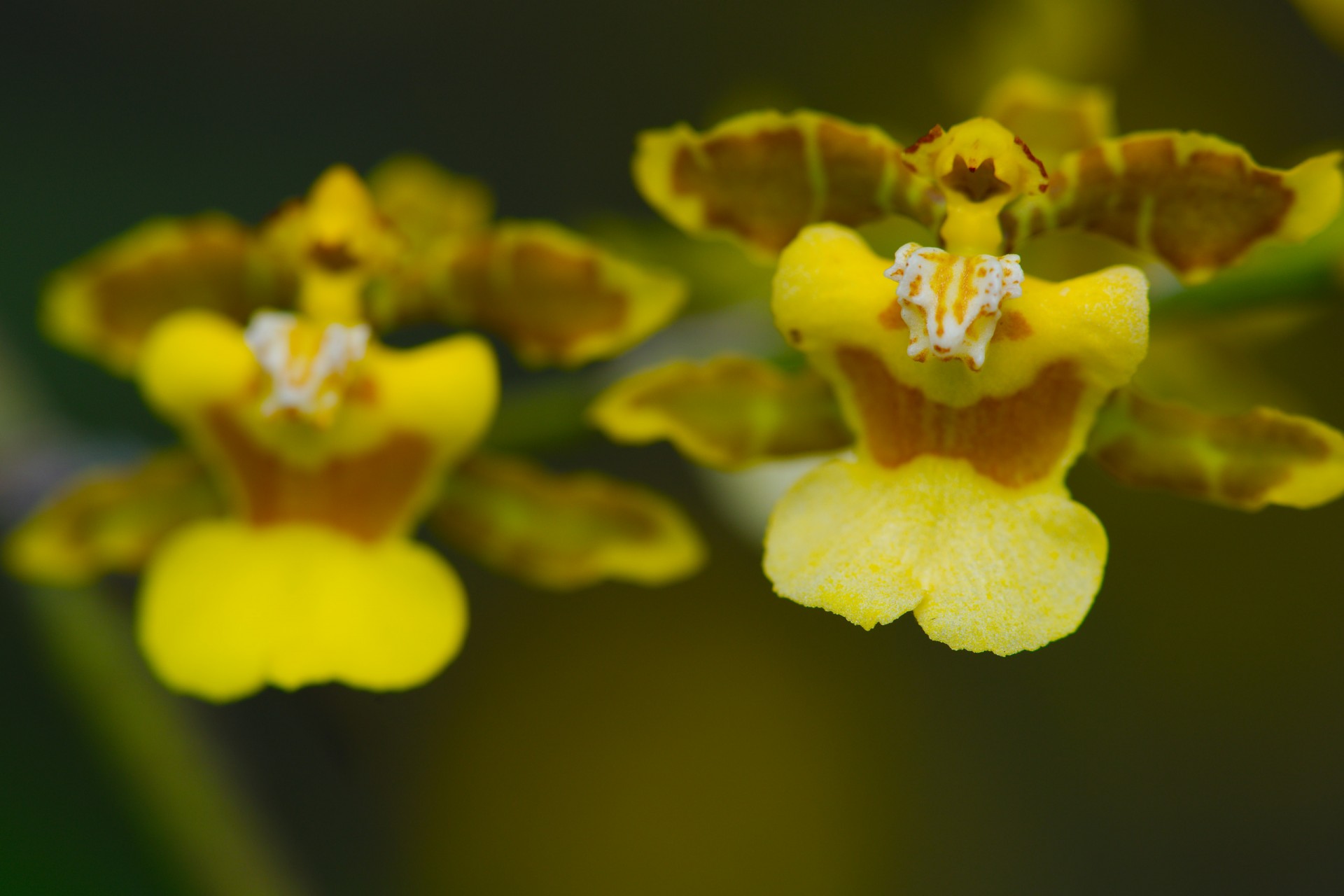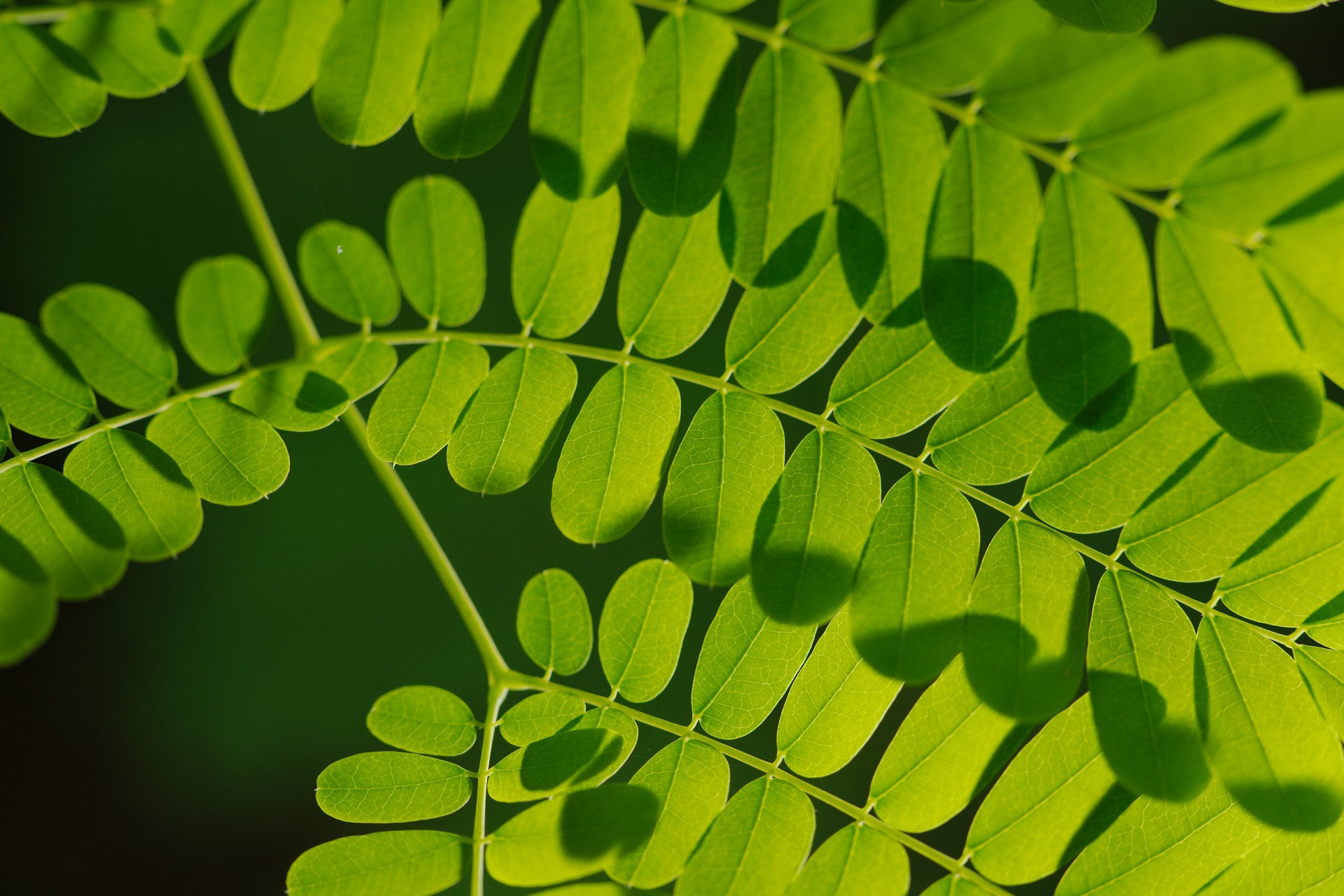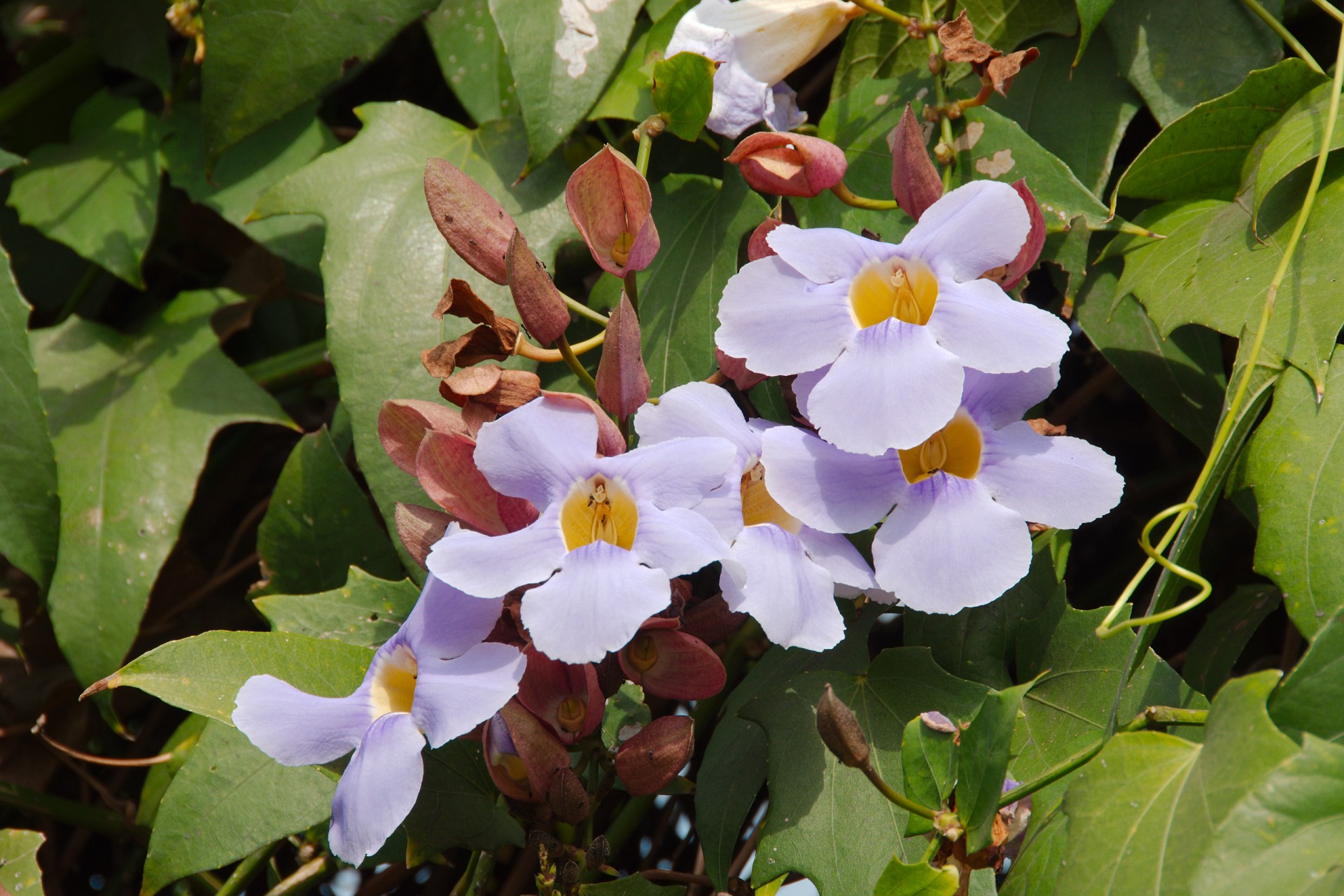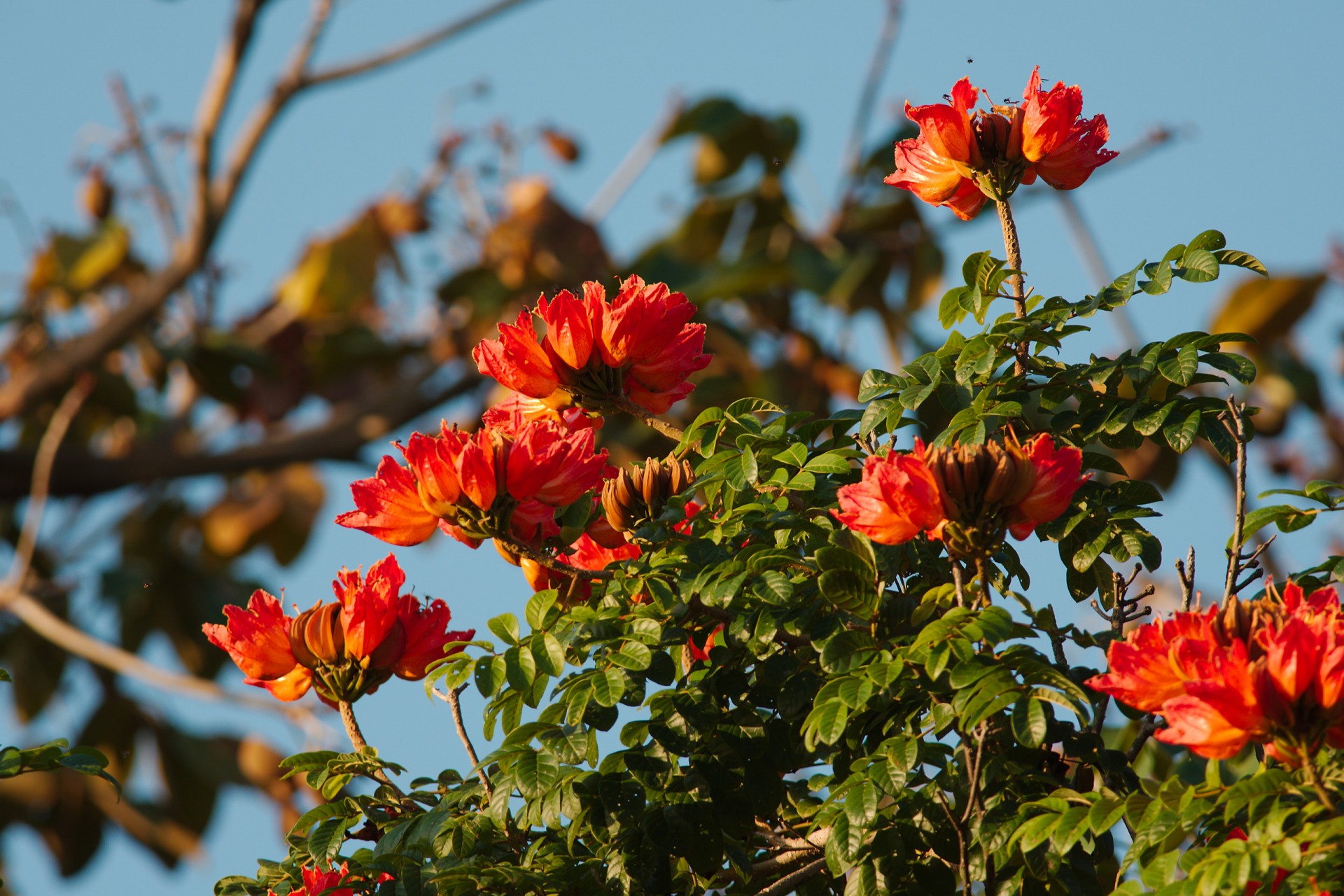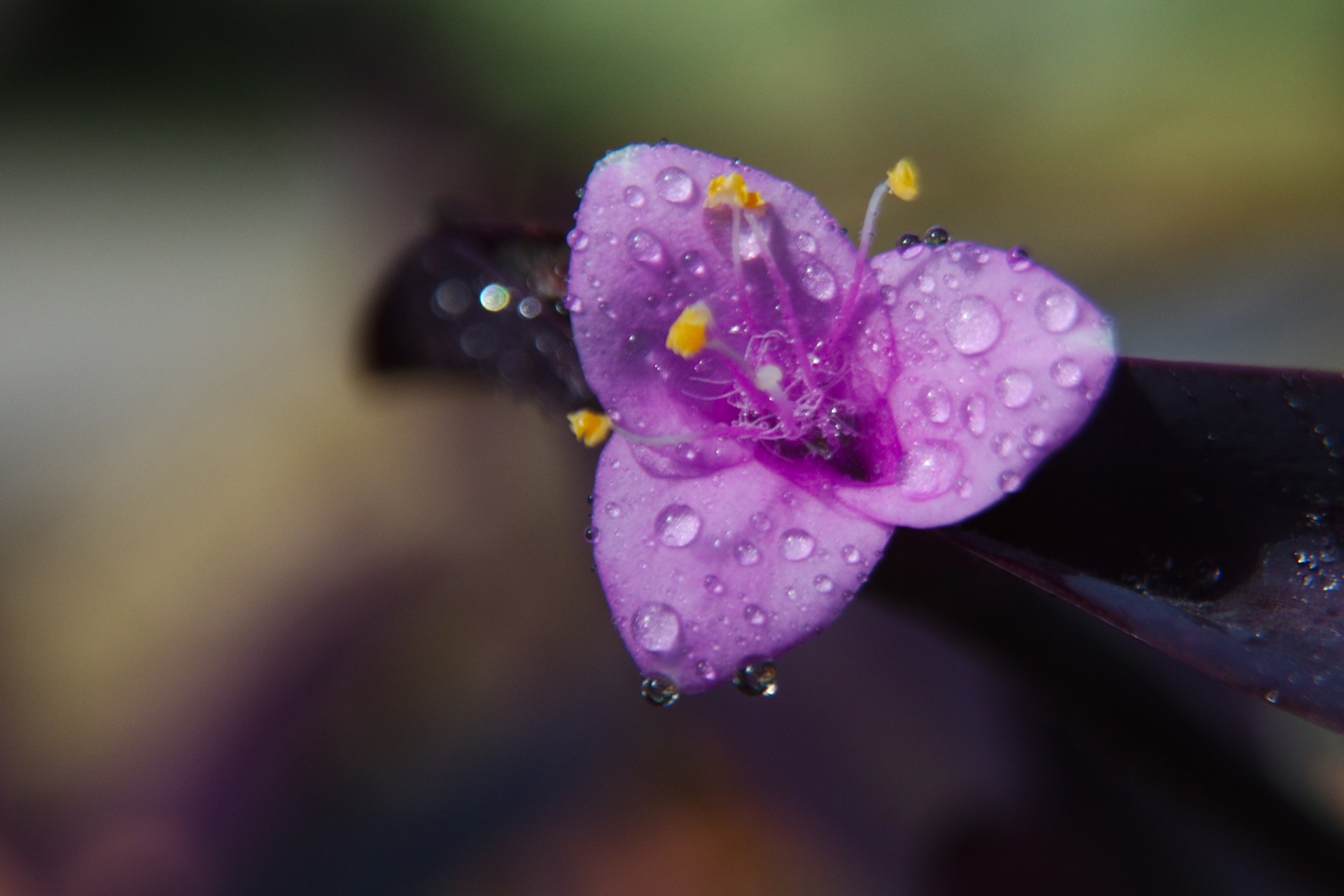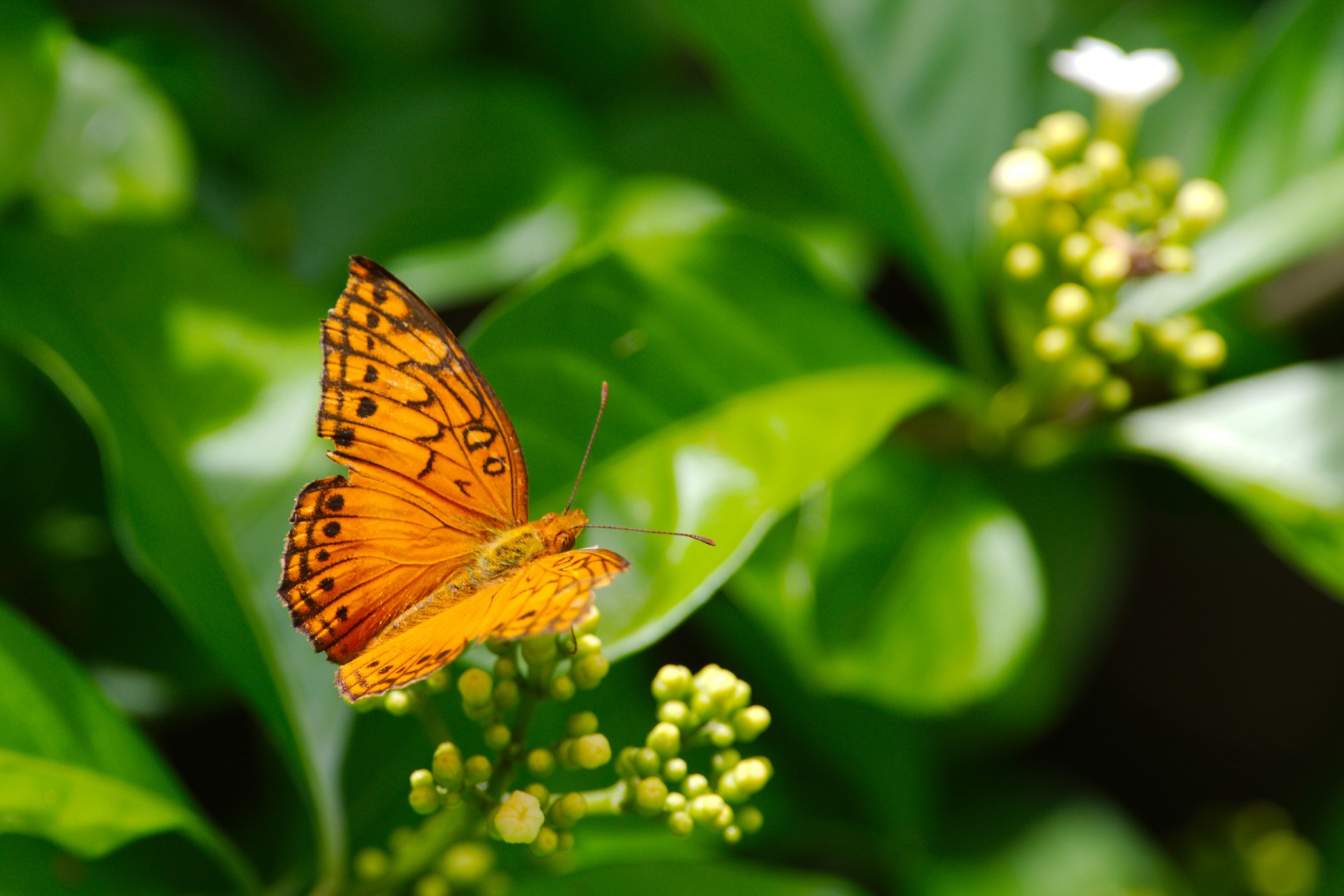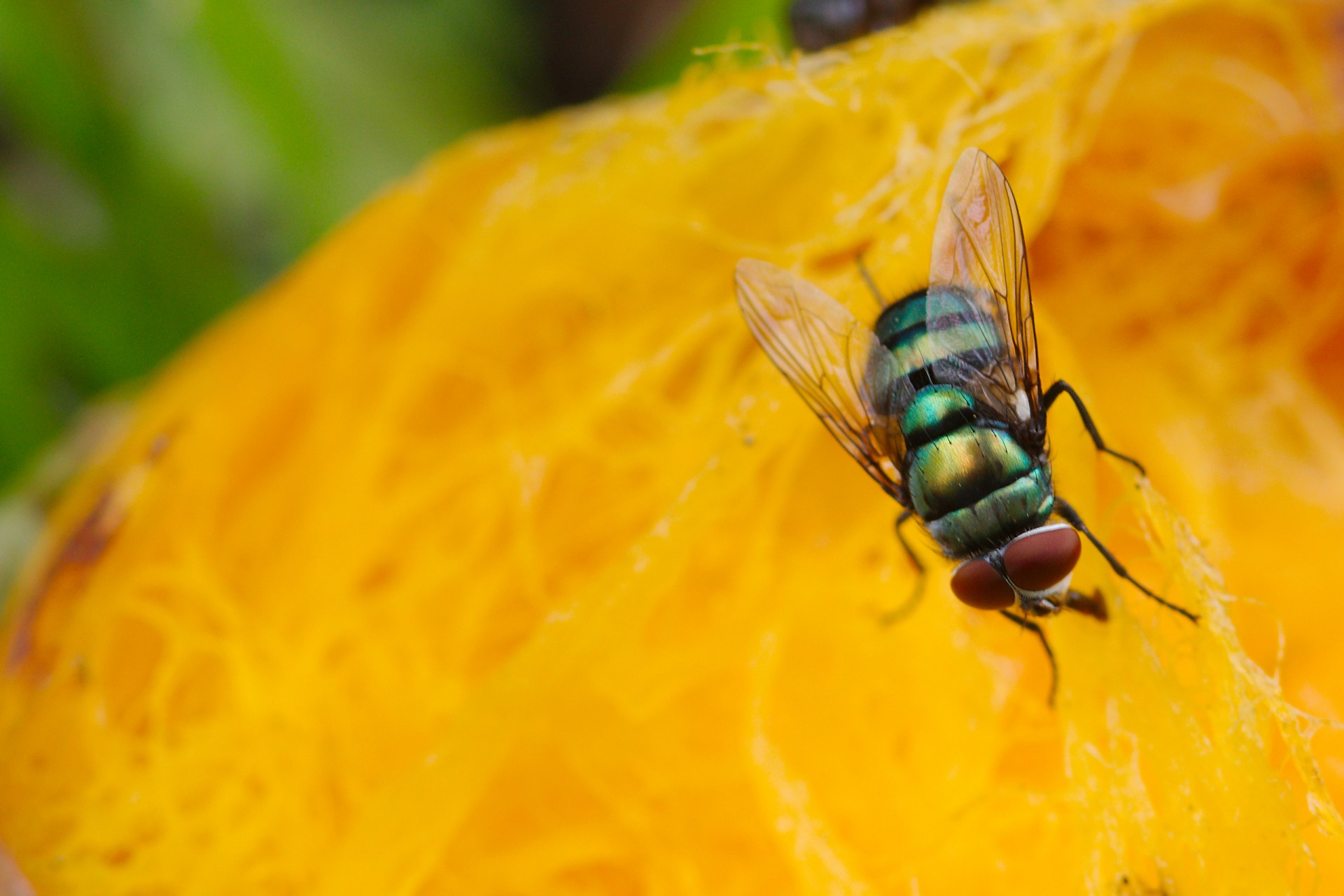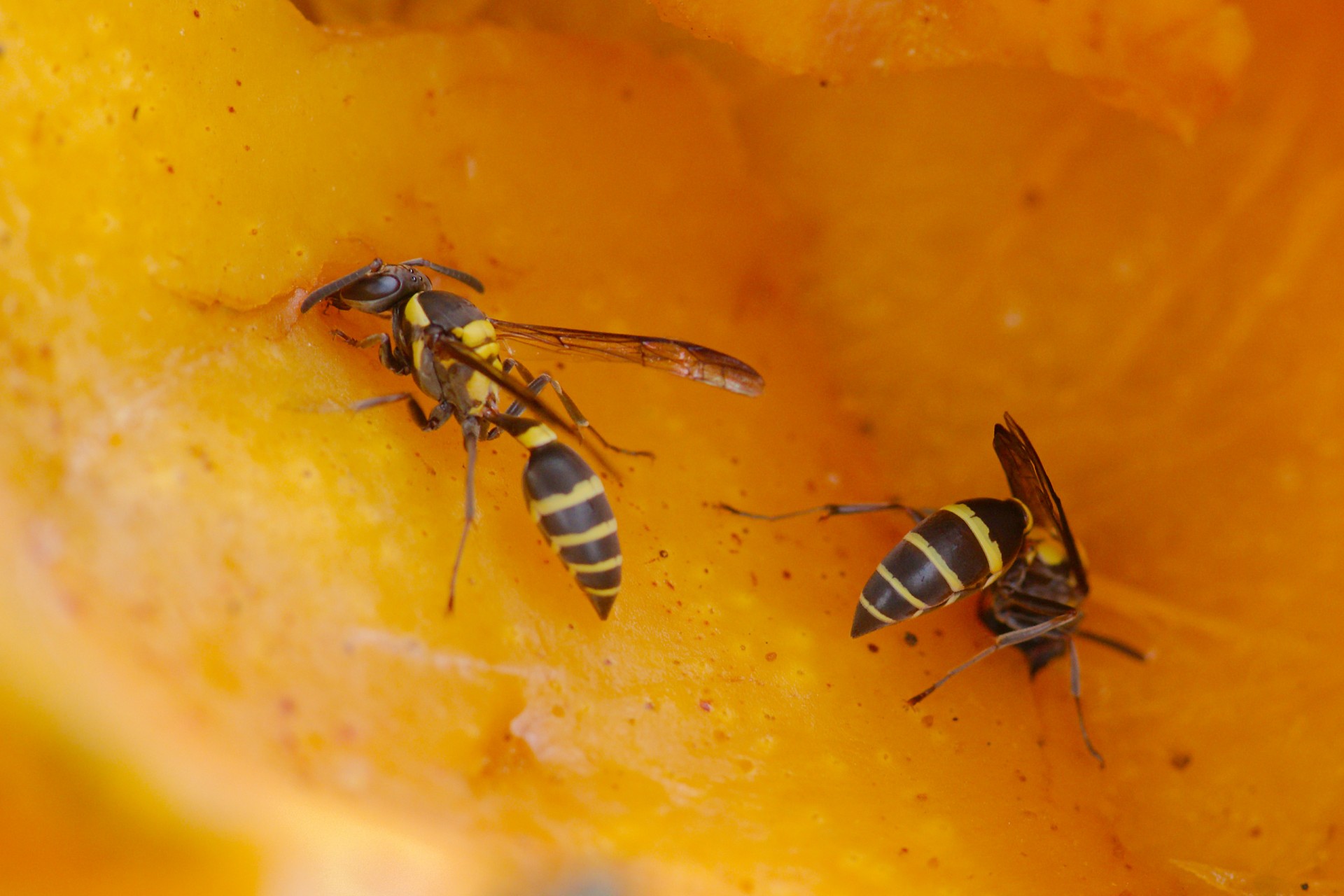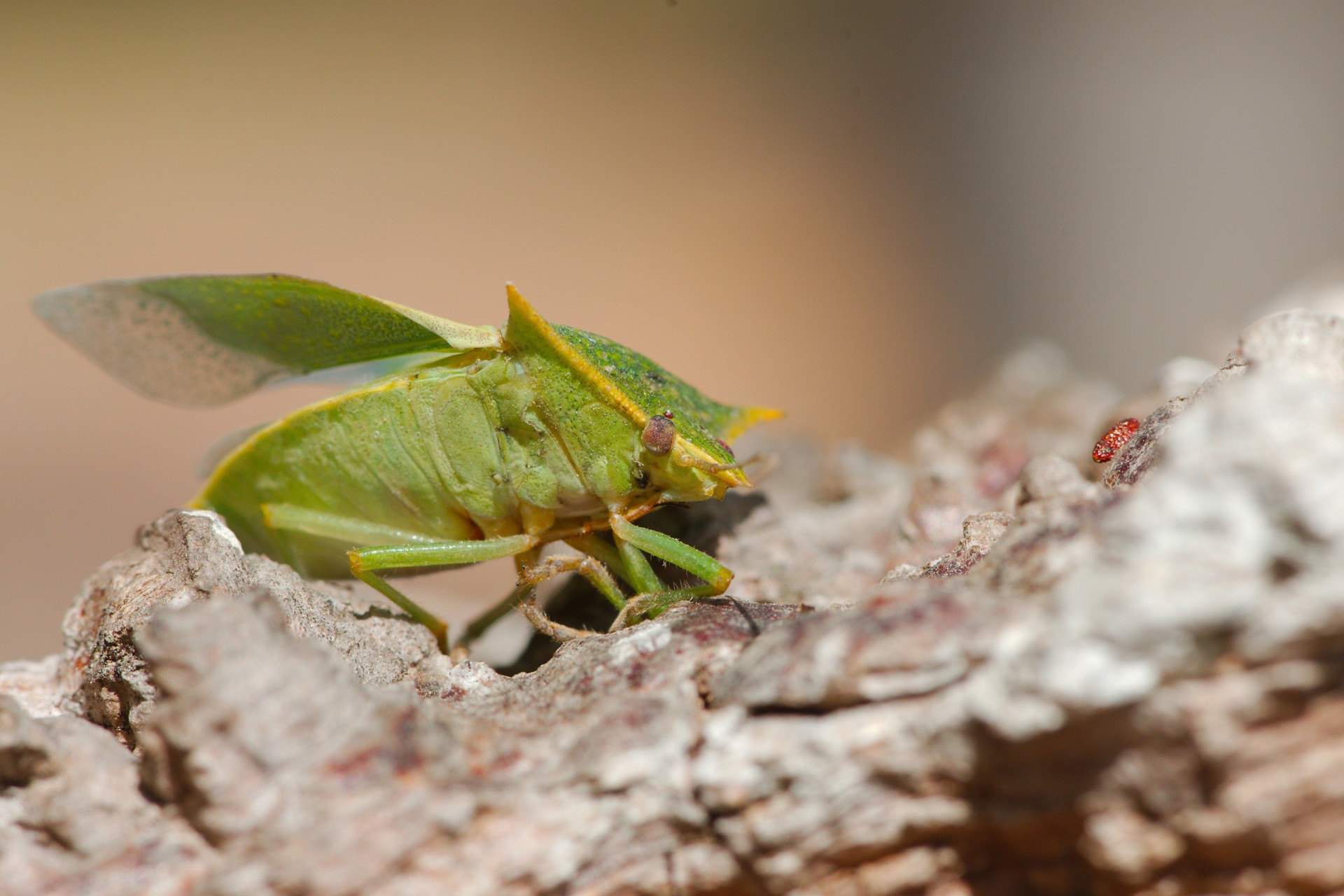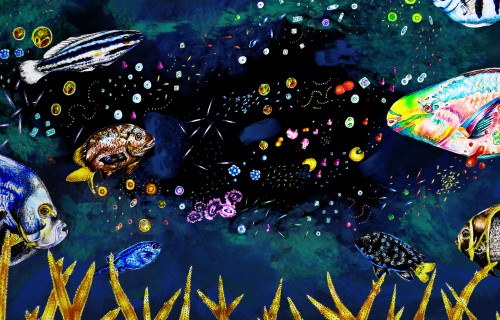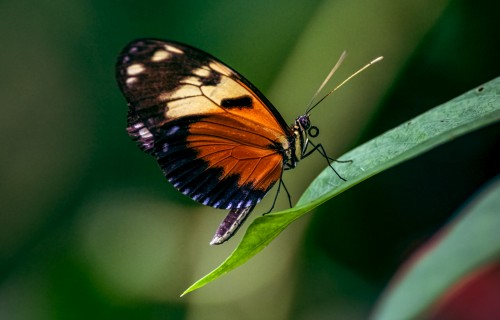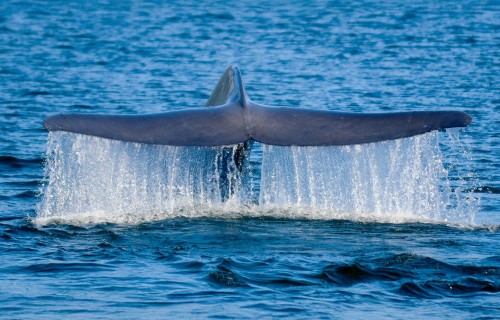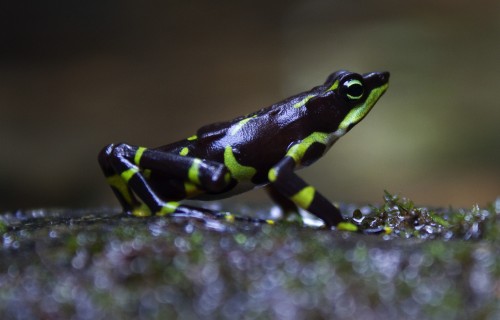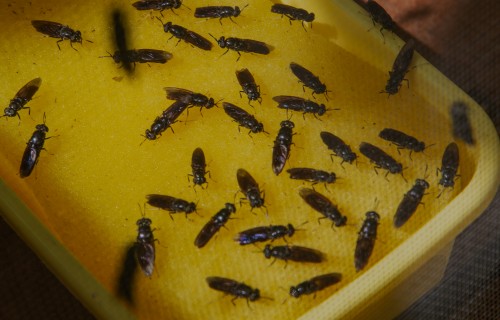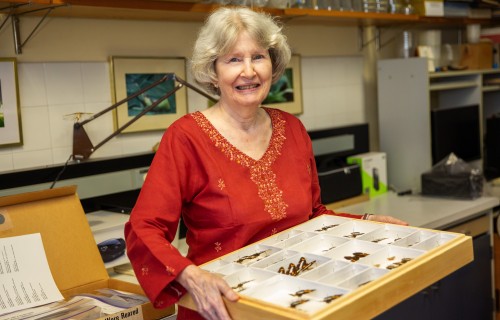Smithsonian science helps understand blue whale migratory and foraging patterns to inform conservation strategies
Pirates
to plovers
A photographic guide to the
wildlife of Panama’s old city
Text and Photos by Steve Paton
Cover photo by Jorge Aleman, STRI
As Panama City celebrates it’s 500th birthday, STRI’s Steven Paton explores the biodiversity of Panama Viejo, an important historical and archaeological site
Five hundred years ago, on August 15, 1519, Spanish conquistadors founded the first European city on the Pacific coast of the Americas. The settlement prospered as galleons unloaded gold and silver plundered from South America, destined for the trek across the narrow Isthmus of Panama to the Caribbean and on to Spain. However, in 1671, disaster struck when British pirate Henry Morgan sacked and burned the city, which was subsequently relocated.
As Panama City’s 500-year anniversary celebrations begin, thousands will visit the scattered ruins of noblemen’s houses, the royal treasury, the cathedral, a convent and several churches.
Humans civilizations rise and fall, but nature carries on. In coordination with the Patronato de Panama Viejo, director of STRI’s Physical Monitoring Program, Steven Paton, began a project to photograph as much of the biological diversity of the site as possible.
At first glance, one might assume there would be little to see. Panama Viejo’s 29.5 hectares is bounded by Panama City on three sides and the ocean on the fourth. The area seems too small and overly developed to host a rich flora and fauna. Beginning in November 2018 and returning 2-3 times every month, Steven documented everything from the biggest trees to the smallest insects, discovering not only that Panama Viejo hosts an amazing number of organisms, but that the site’s wild inhabitants change constantly with the seasons.
Panama Viejo is a birder’s paradise. In addition to year-round resident birds, tens of thousands of migratory birds visit Panama Viejo during their annual journeys across the Americas. Enormous flocks of gulls, terns and sandpipers – far too large to count accurately – arrive and feed on the Bay of Panama’s bountiful marine life. On land, Steven also captured photos of hawks, finches, vultures, hummingbirds and more.
Panama Viejo is also home to dozens of tree species, many undoubtedly selected for their beautiful flowers. Some trees flower nearly year round, while most flower only a month or less. You have to be lucky to catch the spectacular yellow blossoming of the guayacans, which may happen only during a single week or two during the dry season.
There are flowering plants everywhere, including several orchid species festooning tree branches. On the ground, many tiny flowers, especially when viewed through the macro lens of a camera, are easily as beautiful as the large, showy flowers overhead. The mangrove forest in front of Panama Viejo is a recent and important addition to the area’s plant and animal communities.
Plants provide homes and food for animals and insects, from squirrels and lizards to abundant butterflies. In the tropics, literally millions of creatures can inhabit a site of this size. Each has its own, special beauty and an important role to play in the ecosystems that make up Panama Viejo, an important oasis of biodiversity within Panama City.
We hope that Steven’s photos will lead more people to recognize, celebrate and help preserve this special place for future generations.

